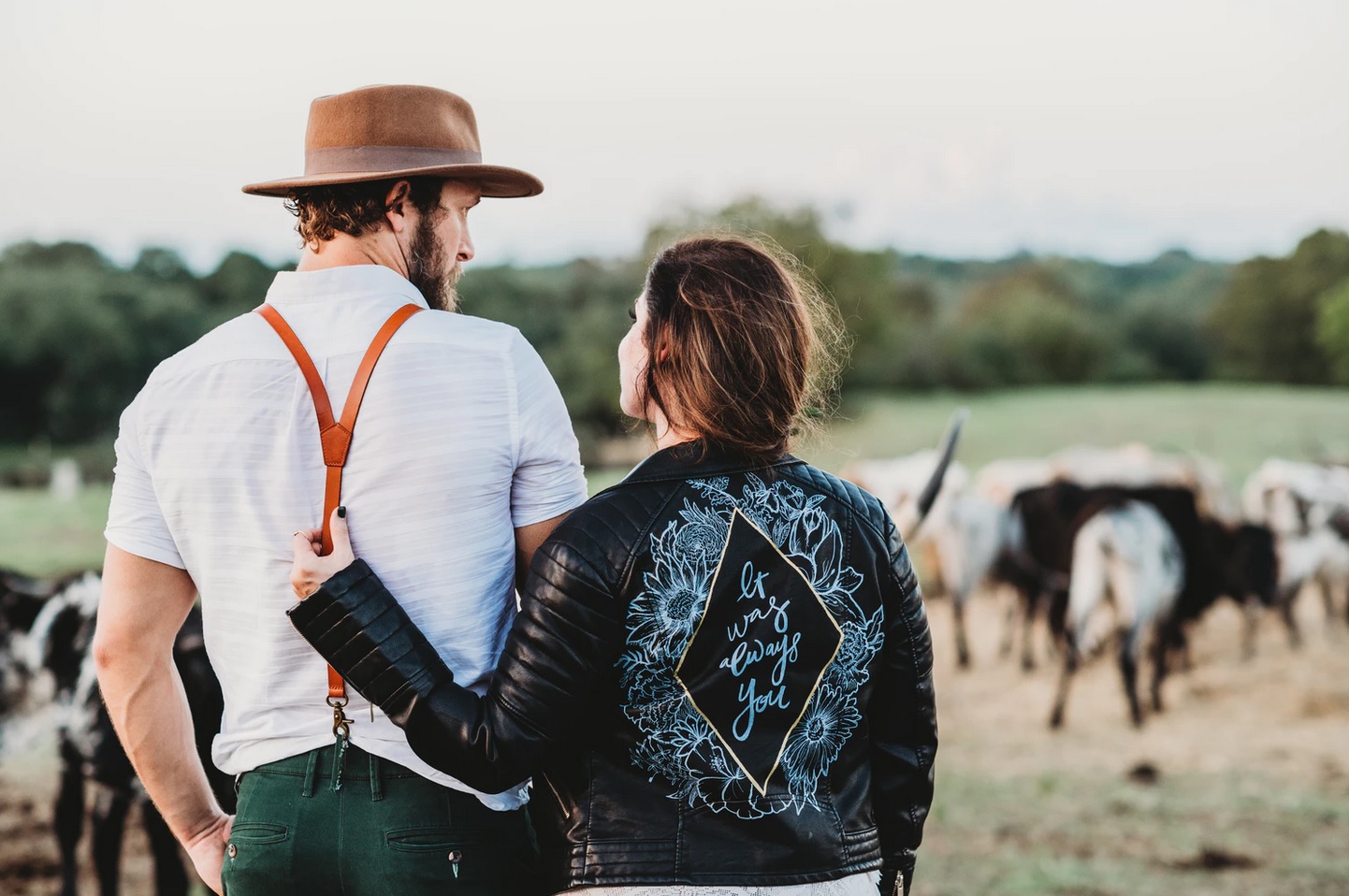
By Oregon State University Extension Office,
CORVALLIS, Ore. – Farmers and ranchers deal with overwhelming stress from market fluctuations, crop failures, the vagaries of weather, injuries and other setbacks that can lead to depression and too often suicide.
Farmers die by suicide twice as much as the general population – 36 per 100,000 people – according to the Centers for Disease and Control and Prevention. Farmer suicide has been rising in recent years.
The Oregon State University Extension Service is in a good position to help because agents work daily with people in the agriculture sector, according to Cassie Bouska, associate professor of practice in the OSU College of Agricultural Sciences.
“We’re on their farms. We’re out there working with them, engaging them,” Bouska said. “So, we have a good pulse on the community and we’re a trusted resource.”
The Farm and Ranch Stress Assistance Program – an OSU Extension program that launched in 2021 – uses QPR (Question, Persuade, Refer) to teach farmers, ranchers and their family and friends how to recognize signs of a mental health emergency and interrupt the process that leads to suicide, said Bouska, an Extension agent in Coos and Curry counties.
Bouska leads the Oregon Farm and Ranch Stress Assistance Network, working alongside Julie Leep, an Extension educational program assistant in Coos County who was hired to assist with the network.
“Many farmers have poor financial situations that have been going on for years and years,” Bouska said. “They’re faced with the idea or the reality that they might have to walk away and do something else. These are farms that have been in their family probably for generations. That creates its own set of stressors and burdens on people’s hearts and minds.
The network website includes a list of the signs and symptoms of stress and suicide, such as withdrawal from others, giving away precious possessions, depression, drug or alcohol abuse, or decline in the care of livestock, farmstead appearance and personal care.
To train people to be a positive force, OSU Extension offers QPR trainings, many of which are on Zoom. Participants learn to recognize the signs of suicide and question someone in crisis, persuade them to seek help and refer them to a hospital, counselor or other resources to get the help they need.
Leep said it’s a myth that if a person decides to attempt suicide there’s nothing anyone can do to stop them.
“The fact is, suicide is the most preventable kind of death and almost any positive action can save a life,” Leep said.
Bouska said that QPR isn’t a form of counseling or treatment; instead, we are training people to be a safety net for high-risk people in their own environment.
“Anyone can use it,” Bouska said. “It offers hope through positive action. The end result is to get people help.”
Thus far, OSU Extension through QPR has trained about 450 people in how to recognize signs of distress in people and how to intervene in mental health emergencies.
When asked about their knowledge of warning signs of suicide in a post course survey, 67% indicated a knowledge increase, and 83% reported an increased understanding of the facts concerning suicide prevention, risk factors that could lead to suicide, and how to ask someone about suicide.
Further, 67% reported an increased understanding about how to persuade someone to get help. And given the fact that asking someone if they are suicidal is most often met with relief by the person who is struggling, 83% of the trainees reported they would likely ask someone about suicide if they saw warning signs and were concerned.
OSU is part of four regional Farm and Ranch Stress Assistance Network entities across the United States funded by the U.S. Department of Agriculture National Institute of Food and Agriculture. OSU and Washington State University lead the Western Regional Agricultural Stress Assistance Program.
Previously titled Extension program offers safety net for depressed and suicidal farmers and ranchers
Disclaimer: Articles featured on Oregon Report are the creation, responsibility and opinion of the authoring individual or organization which is featured at the top of every article.

